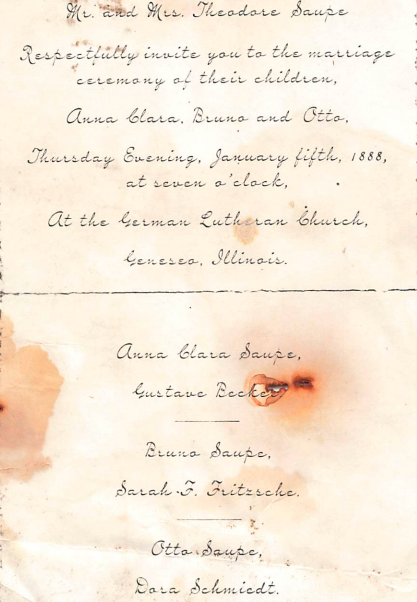
12 Jan Ancestry – Newsletter- January 14, 2023
Contents
- 1 ANCESTRY NATURAL GAS DOES NOT STINK COMING OUT OF THE GROUND. WHY DOES IT STINK?
- 2 ANCESTRY THE POLICE USED GENEALOGY TO FIND THE MURDER SUSPECT IN THE IDAHO MURDERS
- 3 ANCESTRY THE WICKED BIBLE OF 1631
- 4 ANCESTRY-THE LONELIEST CITIES IN AMERICA, ALONG WITH THE LEAST LONELY
- 5 ANCESTRY BEFORE THE SOPRANOS, PLOWDEN AND VARLO WANTED TO RUN NEW JERSEY, AKA NEW ALBION
- 6 ANCESTRY THE ARBELLIAN ERA
- 7 YOUR ANCESTORS ARE WAITING TO BE DISCOVERED!
ANCESTRY NATURAL GAS DOES NOT STINK COMING OUT OF THE GROUND. WHY DOES IT STINK?
Natural gas stinks because Mercaptan is added to the gas. It is a colorless gas with a distinctively putrid smell. It is a natural substance found in the blood, brain, and feces of animals (including humans) and plant tissues. It also occurs naturally in certain foods, such as nuts and cheese. It is one of the chemical compounds responsible for bad breath and the smell of flatus.
The reason why is in the headline below. The New London, TX school was heated with odorless natural gas in 72 gas heaters supplied by residue gas often flared off in oil fields. The gas accumulated in the basement of the school. On March 18, 1937, 300 students and teachers were killed when the school exploded.
Reports from witnesses’ state that the school’s walls bulged, the roof lifted from the building and then crashed back down, and the main wing of the structure collapsed. Survivors in the building claimed that lockers embedded in the wall were thrown at them by the blast, others were picked up by the force of the explosion, and the plaster and mortar formed a white haze. The force of the explosion was so great that a two-ton concrete block was thrown clear off the building and crushed a 1936 Chevrolet parked 200 feet away.
The explosion was its own alarm, reportedly heard up to four miles away from the school. The most immediate response was from parents at the PTA meeting. Within minutes, area residents started arriving and digging through the rubble, many with bare hands. Many survivors also joined in the immediate aftermath of the recovery of other survivors and victims. Roughnecks from the oil fields were released from their jobs and brought with them cutting torches and heavy equipment needed to clear the concrete and steel.
School bus driver Lonnie Barber was transporting elementary students to their homes and was in sight of the school as it exploded. Barber continued his two-hour route, returning children to their parents before rushing back to the school to look for his own four children. His son Arden died, but the others were not seriously injured.
Aid poured in from outside the area. Texas Governor James V. Allred dispatched Texas Rangers, the Texas Highway Patrol, and the Texas National Guard. Thirty doctors, 100 nurses, and 25 embalmers arrived from Dallas. Airmen from Barksdale Field, deputy sheriffs, and even Boy Scouts participated in the rescue and recovery.
Rescuers worked through night and rain; seventeen hours later, the entire site was cleared. Many who worked in the rescue were overcome with shock as one survivor recounted, “Daddy worked so long he almost had a nervous breakdown. He was fine as long as he was working, but as soon as he came home and sat down, he’d start shaking.”
Buildings in the neighboring communities of Henderson, Overton, Kilgore, and as far away as Tyler and Longview were converted into makeshift first aid tents and morgues to house the enormous number of bodies, and everything from family cars to delivery trucks served as hearses and ambulances. A new hospital, Mother Frances Hospital in Tyler, was scheduled to open the next day, but the dedication was canceled, and the hospital opened immediately.
Reporters arriving in New London were swept up in the rescue effort. Former Dallas Times Herald executive editor Felix McKnight, then a young Associated Press reporter, recalled, “We identified ourselves and were immediately told that helpers were needed far more than reporters.” Walter Cronkite also found himself in New London on one of his first assignments for United Press International.[16]: 63–65 Although Cronkite went on to cover World War II and the Nuremberg trials, he was quoted as saying decades later, “I did nothing in my studies nor in my life to prepare me for a story of the magnitude of that New London tragedy, nor has any story since that awful day equaled it.”
Experts from the United States Bureau of Mines concluded that the connection to the residue gas line was faulty. The connection had allowed gas to leak into the school, and because natural gas is invisible and odorless, the leak was unnoticed. To reduce the damage of future leaks, the Texas state legislature granted the Texas Railroad Commission regulatory authority “to adopt and enforce regulations for the odorization of natural gas to prevent such accidents”. Within weeks of the explosion, thiol (mercaptan, an odorous sulfur compound) was added to natural gas. The pungent odor of many thiols makes leaks quickly detectable.
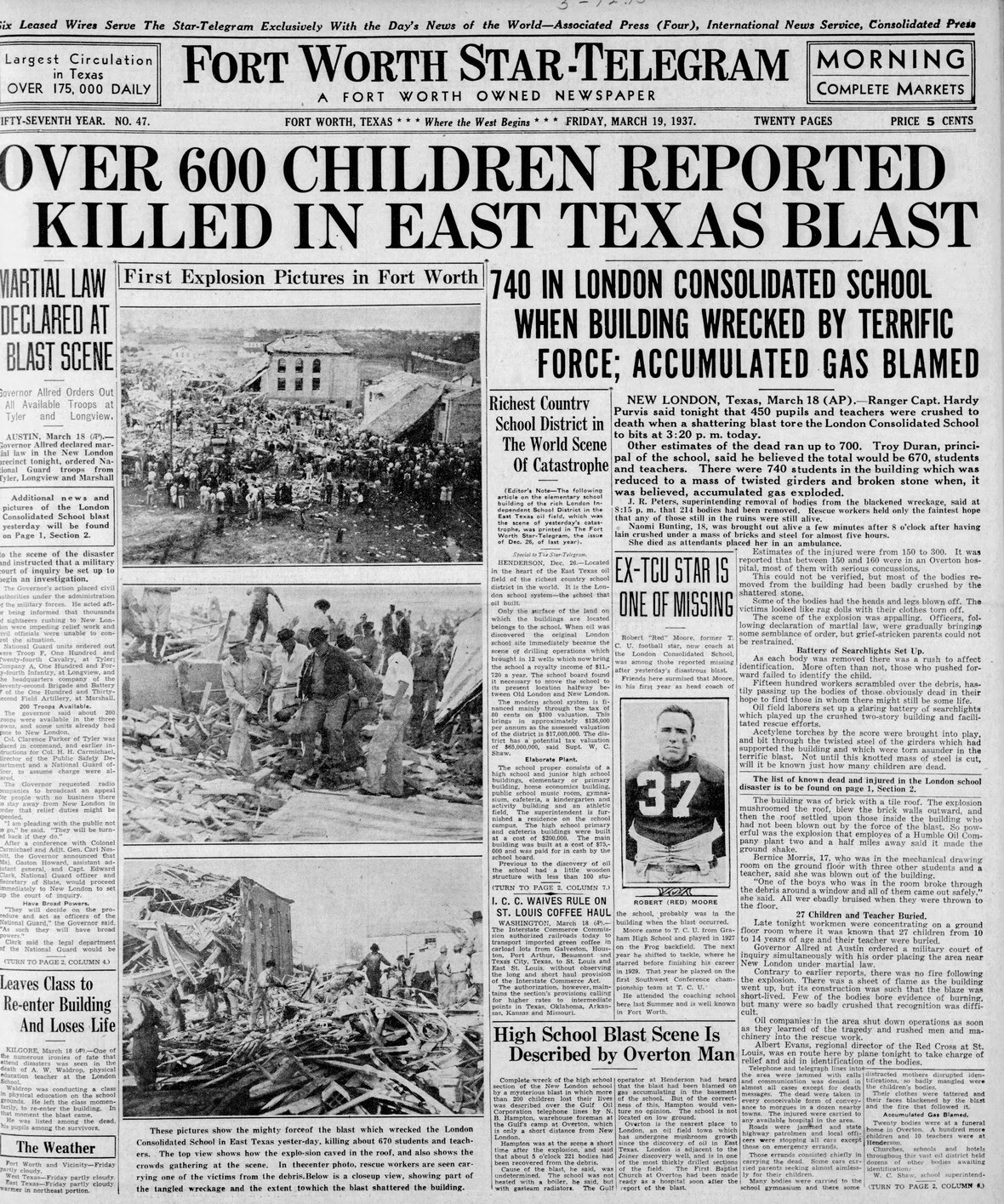
 ANCESTRY THE POLICE USED GENEALOGY TO FIND THE MURDER SUSPECT IN THE IDAHO MURDERS
ANCESTRY THE POLICE USED GENEALOGY TO FIND THE MURDER SUSPECT IN THE IDAHO MURDERS
There are many ways to process and find DNA matches, when police are unable to pin down a suspect.
Genealogy is a way forward for capital cases that don’t have a suspect. What forensic researchers like those that perform genetic work for Dancestors do is they compare the DNA sample collected from a crime scene to database DNA.
If there are no matches in criminal databases, then they go to private genealogy databases to see if they can get matches. Often times there are lots of distant matches, but it takes time to sort through them.
They work the matches to family trees, and then work back many times hundreds of years to the matches common ancestors. Then they work they forward and build documentation along the way. Just because the information is in a family tree, that is at best opinion, not fact.
Of course, just because a suspect’s DNA is found at the scene doesn’t mean that person committed the crime. So, the police investigation has to add to the story,
Here is a link to crime that was solved by a team that includes Dancestors researchers:
https://fox8.com/news/dna-leads-to-arrest-of-suspected-child-rapist-25-years-later-i-team/
 ANCESTRY THE WICKED BIBLE OF 1631
ANCESTRY THE WICKED BIBLE OF 1631
The authorized King James Bible contains 783,137 words. And as for the number of letter characters? The total count comes in at a whopping 3,116,480!
But for 17th-century printers, publishing such a work proved incalculably more tedious. After all, they had to hand-set type for every character and space on every page before printing duplicates. The process moved at a snail’s pace, one page at a time. As you can imagine, mistakes happened. Quite a few, actually. But the tolerance level for these inevitable linguistic mishaps varied depending on the text printed.
Mistakes could prove especially unfortunate when it came to sacred literature like the Holy Bible. Great Britain’s royal printers, Robert Barker and Martin Lucas, found this out the hard way after securing permission from King Charles I to print a 1631 edition of the King James Bible. The effort produced approximately 1,000 volumes. But after closer inspection of the finished product, Barker and Lucas found themselves in hot water.
What did the inspection reveal? A tiny but unforgivable omission. In Exodus 20:14, which includes a list of the Ten Commandments, the “not” got left out of “Thou shalt not commit adultery.” The consequences proved swift and severe.
King Charles I expressed extreme outrage, as did the Archbishop of Canterbury, George Abbot. Before they knew what hit them, Barker and Lucas stood summoned before the monarch, receiving a tongue lashing for their lack of care. The royal printers were fined £300 (the equivalent of a month’s salary) and had their printing license revoked. The financial repercussions sent Barker to debtor’s prison repeatedly, and he died on a revolving visit there in 1643.
 ANCESTRY-THE LONELIEST CITIES IN AMERICA, ALONG WITH THE LEAST LONELY
ANCESTRY-THE LONELIEST CITIES IN AMERICA, ALONG WITH THE LEAST LONELY
The determination of the loneliest cities was made by looking at what percentage of the population lives alone.
In looking at the least lonely cities below, which are all in CA (mostly southern CA), with the exception of Garland, TX, I had a different thought. Is it because people did not want to live alone, or was it because they could not afford to do so?
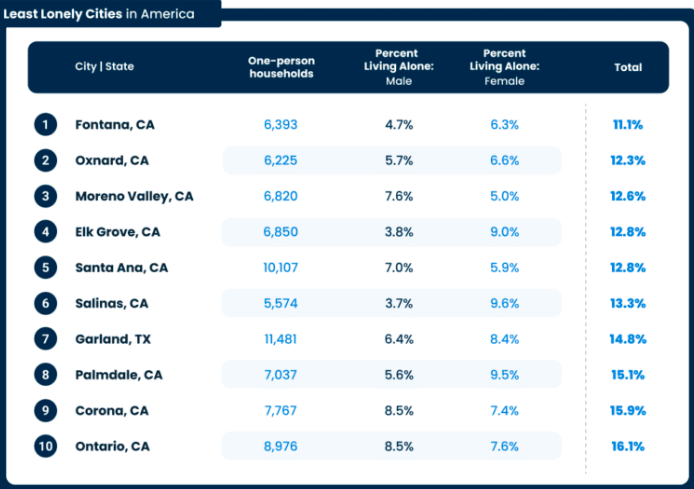
 ANCESTRY BEFORE THE SOPRANOS, PLOWDEN AND VARLO WANTED TO RUN NEW JERSEY, AKA NEW ALBION
ANCESTRY BEFORE THE SOPRANOS, PLOWDEN AND VARLO WANTED TO RUN NEW JERSEY, AKA NEW ALBION
Sir Edmund Plowden (1590 – 1659) was Lord Earl Palatinate, Governor, and Captain-General of the Province of New Albion in North America. He was an explorer and colonial governor who attempted to colonize North America in the mid-seventeenth century under a grant for a colony to be named New Albion. This attempt, fraught with mutiny, legal woes, lack of funds, and bad timing and compromised by Plowden’s ill-temper, was a failure, and Plowden returned to England in 1649.
135 years later, in 1784, Charles Varlo (c.1725–c.1795), an English agriculturist, got possession of certain papers and charters purporting to have been granted by Charles I to Sir Edmund Plowden and entitling him to colonize New Albion (i.e., New Jersey).
This attempt at colonization proved abortive, and in Charles II’s reign, the charter was superseded by a new grant to James, Duke of York. Armed with his papers (probably forgeries), Varlo went out to the American colonies (the independence of which had just been recognized by Britain), expecting apparently to be acknowledged as governor of the province of New Jersey and as lessee of one-third of the territory. The case was tried before the colonial courts, and Varlo’s claim was dismissed. Varlo printed his documents in America in a pamphlet of thirty pages, containing (1) ‘The Grant of Charles I to Sir E. Plowden, Earl Palatine of Albion’ (apparently a transcript with alterations of the grant to Lord Baltimore); (2) ‘The Lease from the Earl Palatine to Sir T. Danby [Sir Thomas Danby];’ (3) ‘The Release of the Co-Grantees to the Earl Palatine;’ and (4) ‘The Address of the Earl Palatine to the Public.’
Only two copies of Varlo’s original pamphlet exist, one in the Boston Athenæum.
Varlo also took a twelve-month tour through New England, Maryland, and Virginia (where he met George Washington). On his return to England, he petitioned the king and the Prince of Wales to get some of the money granted to American loyalists. The last trace of him is on 24 February 1795, when he was living in Southampton Row, New Road, Paddington, where Sir John Sinclair sent a formal letter of thanks for certain suggestions made by Varlo to the Board of Agriculture on premiums for the cultivation of maize. Varlo must have been over seventy at this time.
 ANCESTRY THE ARBELLIAN ERA
ANCESTRY THE ARBELLIAN ERA
If Lady Arbella Stuart (1575–1615) had succeeded her cousin Elizabeth I as queen, as some hoped would happen, English and world history would have been rewritten.
The campaign to put Arbella in the line of succession began with a matchmaking scheme between her two grandmothers, Bess of Hardwick and Margaret Douglas. When the two formidable noblewomen decided to match Margaret’s son (Charles Stuart) to Bess’s daughter (Elizabeth Cavendish), they had a clear objective in mind. Not their children’s happiness, of course, but the breeding of a possible heir to the throne with Margaret’s English royal blood in their veins.
Orphaned at seven, Arbella received a royal education under Bess of Hardwick’s care and was groomed for a high station in life. Ideally, the highest possible station: the throne of England. But after Elizabeth’s death in 1603, Arbella’s claim was passed over by parliament in favor of that of her cousin, James VI of Scotland, simply because he came with more perks.
James was already king of Scotland, and he brought to England with him an army, an influential wife (Anne of Denmark), three healthy children to be his heirs, and the unification of England and Scotland under a single crown. Arbella had only her royal blood and her highbrow intellectualism, neither of which served her in the high-stakes game of politics. He became James I of England and VI of Scotland, while she remained simply Lady Arbella Stuart. Though acknowledged as a member of the royal family, at James’s court she would always feel out of place and was known to have sharply criticized Anne of Denmark’s unsophisticated style of running the ladies’ faction of court. In hindsight, it’s unsurprising that Arbella was never in favor and that she ultimately rebelled.
As an adult, Arbella committed the gravest offense that any courtier could commit. She married without the monarch’s permission. Her bridegroom was William Seymour, Lord Beauchamp, a dashing nobleman thirteen years her junior. The couple secretly married on June 22, 1610. In choosing her own husband, Arbella sabotaged the chance of any advantageous political marriage James could have arranged for her. She also put James’s own precarious reign in England in jeopardy. If she produced a healthy heir, his enemies could rally around her and plot to put her or her English-born child on the throne.
The furious James had both Arbella and William Seymour put under house arrest. Although William would successfully escape to Flanders, Arbella only made it as far as the waters off the coast of France before she was recaptured and brought back to England. She died in the Tower on September 25, 1615, after a prolonged hunger strike. She was only thirty-nine years old.
 YOUR ANCESTORS ARE WAITING TO BE DISCOVERED!
YOUR ANCESTORS ARE WAITING TO BE DISCOVERED!
Reach out to Dancestors and let us research, discover, and preserve your family history. No one is getting any younger, and stories disappear from memory every year and eventually from our potential ability to find them. Paper gets thrown in the trash; books survive! So do not hesitate and call me @ 214-914-3598.


 ANCESTRY THE POLICE USED GENEALOGY TO FIND THE MURDER SUSPECT IN THE IDAHO MURDERS
ANCESTRY THE POLICE USED GENEALOGY TO FIND THE MURDER SUSPECT IN THE IDAHO MURDERS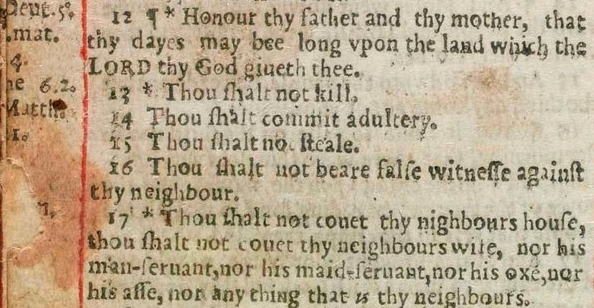 ANCESTRY THE WICKED BIBLE OF 1631
ANCESTRY THE WICKED BIBLE OF 1631 ANCESTRY-THE LONELIEST CITIES IN AMERICA, ALONG WITH THE LEAST LONELY
ANCESTRY-THE LONELIEST CITIES IN AMERICA, ALONG WITH THE LEAST LONELY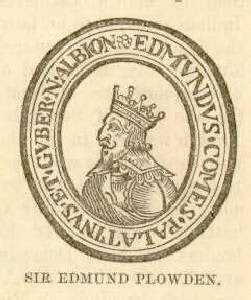 ANCESTRY BEFORE THE SOPRANOS, PLOWDEN AND VARLO WANTED TO RUN NEW JERSEY, AKA NEW ALBION
ANCESTRY BEFORE THE SOPRANOS, PLOWDEN AND VARLO WANTED TO RUN NEW JERSEY, AKA NEW ALBION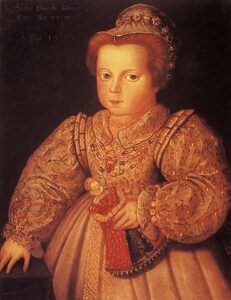 ANCESTRY THE ARBELLIAN ERA
ANCESTRY THE ARBELLIAN ERA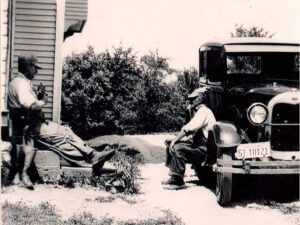 YOUR ANCESTORS ARE WAITING TO BE DISCOVERED!
YOUR ANCESTORS ARE WAITING TO BE DISCOVERED!